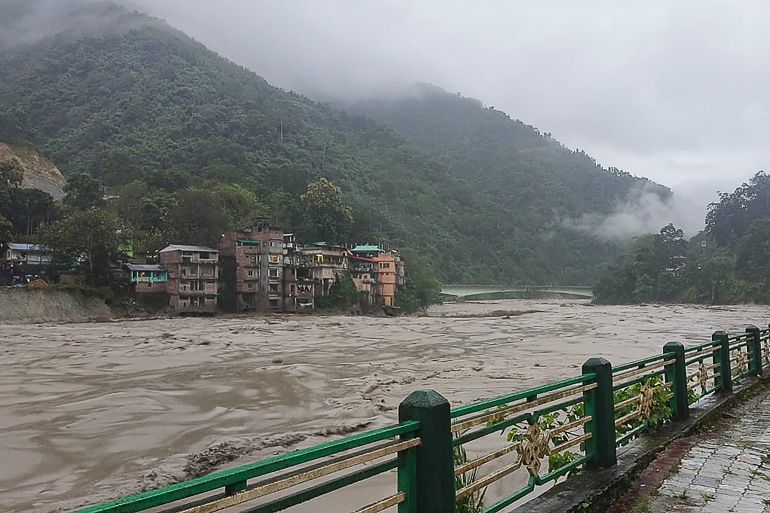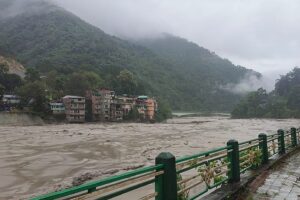A flash flood caused by a glacial lake burst in northeastern India has led to at least 10 fatalities, with 102 people reported missing. This alarming event is indicative of the increasing risk posed by violent flooding from glacier lakes, which are held back by unstable rock formations.
Such incidents are becoming more frequent due to rising global temperatures and the subsequent ice melt, particularly in the Himalayan region. The devastating flood has caused significant damage to roads and bridges, hampering rescue efforts. The Indian Army is actively involved in rescue operations, including aiding stranded tourists and locals while working to restore communication networks.
The trigger for this disaster was intense rainfall that breached the high-altitude Lhonak Lake, situated near the world’s third-highest mountain, Kangchenjunga. This incident underscores the urgent need to address the impact of climate change on Himalayan glaciers, which threatens vulnerable communities with unpredictable and costly disasters, as highlighted by the International Centre for Integrated Mountain Development (ICIMOD) research group.






